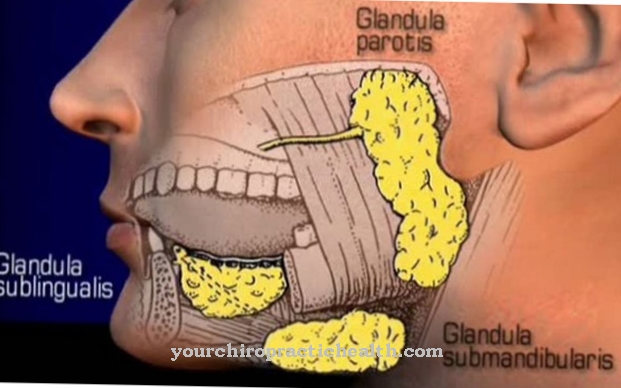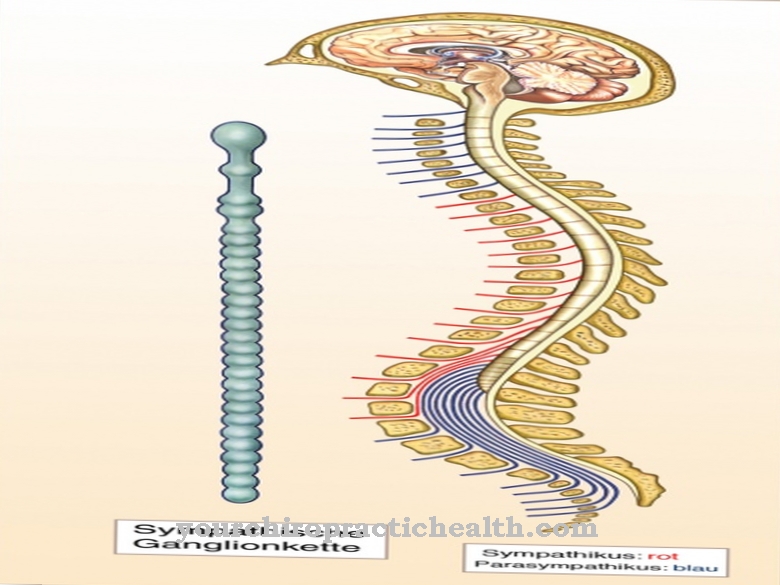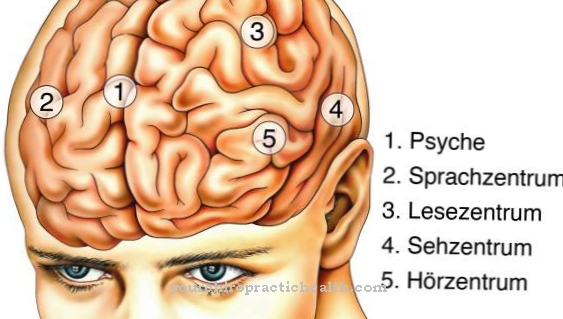The dendritic cells are antigen-representing immune cells that are capable of T-cell activation. They trigger a specific immune response. Because of their guardian position in the immune system, they have been discussed in the past as therapeutic agents for diseases such as cancer and multiple sclerosis.
What is the dendritic cell?
The dendritic cells are part of the immune system. Together with monocytes, B-lymphocytes and macrophages, they are among the antigen-presenting cells in the immune system. The group includes several types of immune cells that are distantly related. On the basis of the shape and the surface features, two main forms are differentiated: the myeloid and the plasmacytoid dendritic cells.
Sometimes the cell group is also divided into follicular dendritic reticular cells, interdigitating dendritic reticular cells and so-called Langerhans cells. The fact that they are put into a common group is due to their common tasks, which in particular include the activation of T cells. Dendritic cells develop from monocytes or precursor stages of B and T cells.
Every dendritic cell recognizes and represents certain antigens. Because of their ability to activate T cells, the dendrites are the only immune cells that can trigger a primary immune response. This distinguishes them from other antigen representatives, which are only able to absorb, reproduce and represent. Colloquially, dendritic cells are known to be the sentinels of the immune system.
Anatomy & structure
Immature dendrites in the peripheral tissue are star-shaped. They are equipped with cytoplasmic appendages more than ten µm long, which can be used for radiation in all directions. Living dendritic cells keep their dendrites permanently in motion and thus intercept pathogens and antigens.Immature dendritic cells also contain endocytotic vesicles made of stainable and lysosomal proteins.
In this phenotypic form, the cells have few MHC proteins and no B7 molecules at all. As they migrate to the secondary lymphatic organs, the dendritic cells change their anatomy. The dendrites of the cells become membrane protuberances and the cells are no longer capable of phagocytosis or antigen processing. Mature dendritic cells express MHC class II complexes that are loaded with peptides. They also take up co-stimulating B7 molecules. The cells interact with T cell receptors via the peptide MHC elements. The co-stimulating B7 molecules bind CD28 antigens on naive T cells.
Function & tasks
Dendritic cells are found in almost all peripheral tissue types in the human body. As part of the defense against pathogens, the dendritic cells fulfill a guardian function. They constantly control their environment. They take up extracellular components by phagocytosis. Phagocytic cells flow around the foreign body and lead the individual particles of the foreign body through the invaginations and constrictions of their cell membrane into the cell.
Large vesicles, also known as phagosomes, are formed and confluent with lysosomes to form phagolysosomes. In these phagolysosomes, the absorbed particles of the foreign bodies are broken down enzymatically. With phagocytosis, the dendritic cells process foreign bodies and then represent them in the form of peptides in their MHC complex on the surface. As soon as they come into contact with a foreign body, the dendritic cells migrate from the affected tissue and start their journey to the nearest lymph node. In the lymph nodes, they encounter 100 to 3000 T cells with which they interact.
Through direct contact with a T cell, the dendritic cells in the lymph nodes trigger a specific immune response that is precisely tailored to the antigen they are presenting. As immunity mediators, dendritic cells have two main functions: as immature cells, they take up antigens and process them. They become mature cells and stimulate T and B cells after migrating into the lymphatic tissue. They thus have a controlling function in the cellular immune response. They also help protect against autoimmune reactions, because they initiate a tolerance to so-called self-antigens.
Apoptotic cells accumulate permanently in the organism and are a source of self-antigens. This makes maintaining immunological self-tolerance difficult. In this context, the dendritic cells are involved in the elimination of the self-reactive T cells.
You can find your medication here
➔ Medicines to strengthen the defense and immune systemDiseases
Dendritic cells probably play a role in autoimmune diseases as well as allergies and cancer. Cancer cells, for example, evade the body's own defense mechanisms and have an immunosuppressive effect, so to speak. An inferior function of the dendritic cells is a possible cause in this context. In the case of autoimmune diseases and allergies, on the other hand, the opposite mechanism occurs: the dendritic cells overreact in both cases.
In the past, these relationships have made scientists think of dendritic cells as part of various therapeutic approaches. When considering the cancer vaccination, for example, the use of dendritic cells was mentioned. Specific and autologous antigen-presenting cells are supposed to trigger an immune reaction in which the activated T-lymphocytes act against the tumor cells. Immunotherapies have been used as secondary therapies for various cancers for years.
In connection with autoimmune diseases, a reduction in dendritic cells was discussed as a therapeutic option. Surprisingly, studies have then shown that the intensity of autoimmune diseases even increases after a reduction in dendritic cells. It is not the reduction but the multiplication of the cells that could improve these diseases.
























.jpg)



